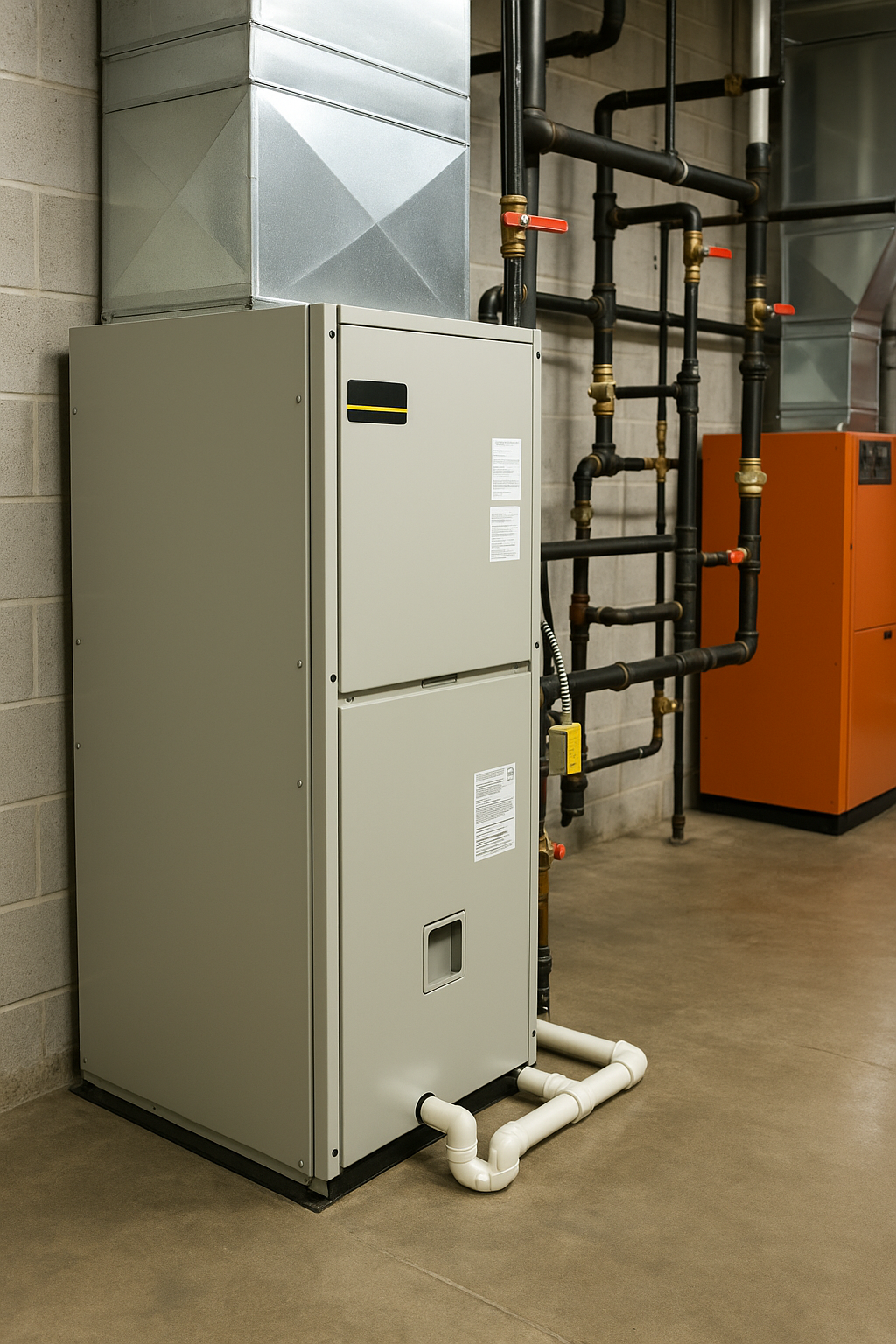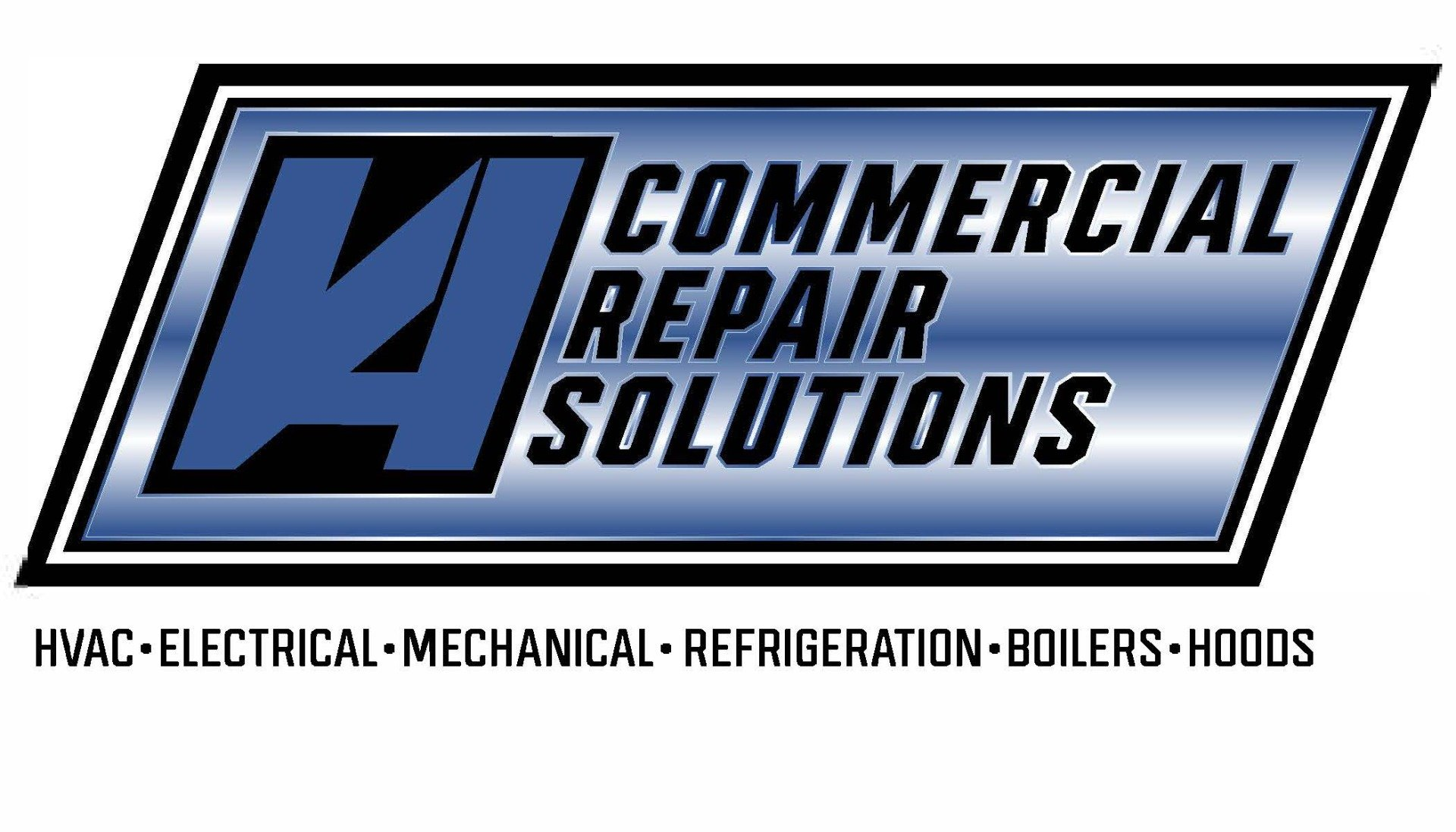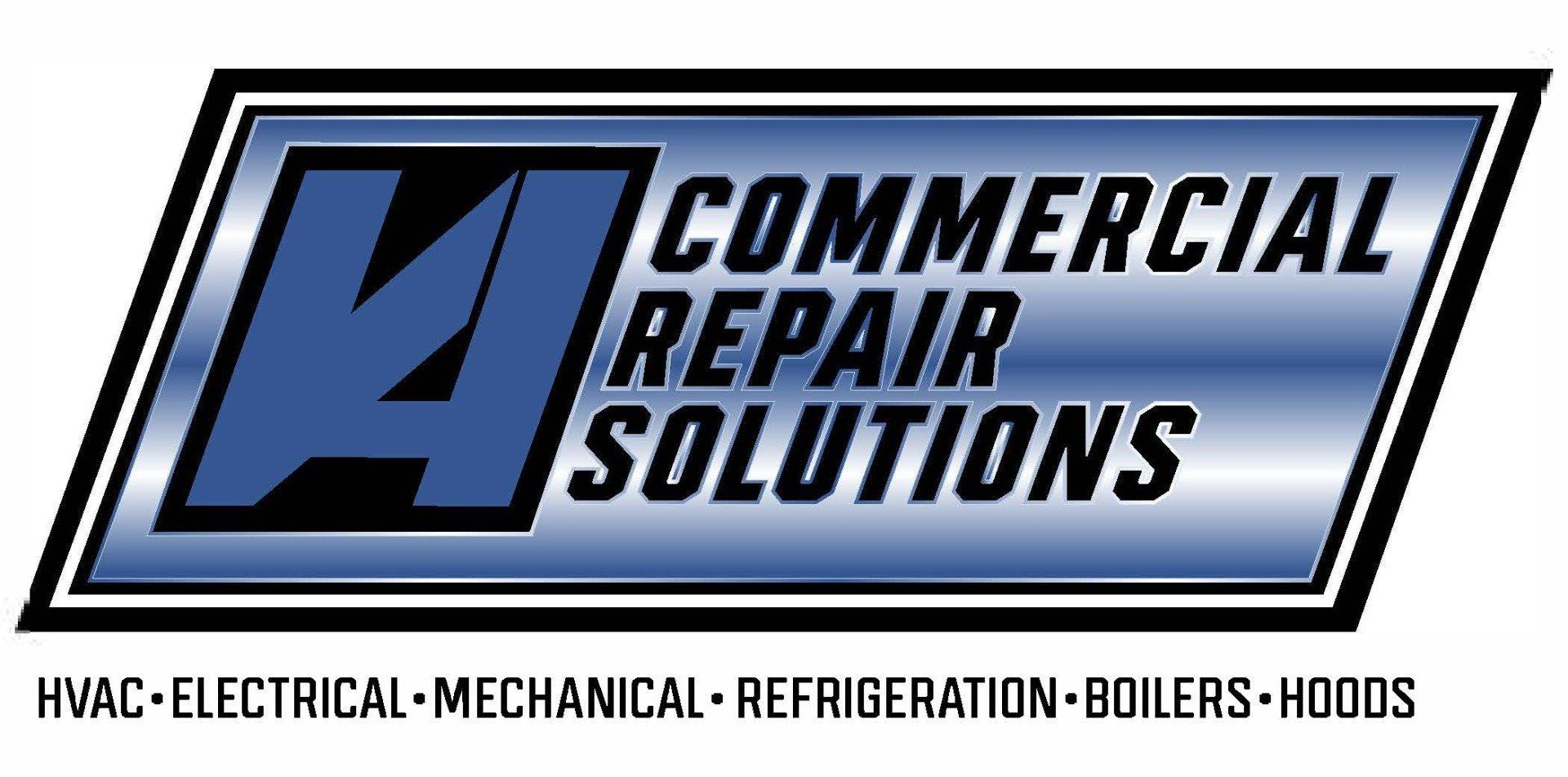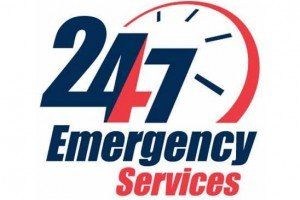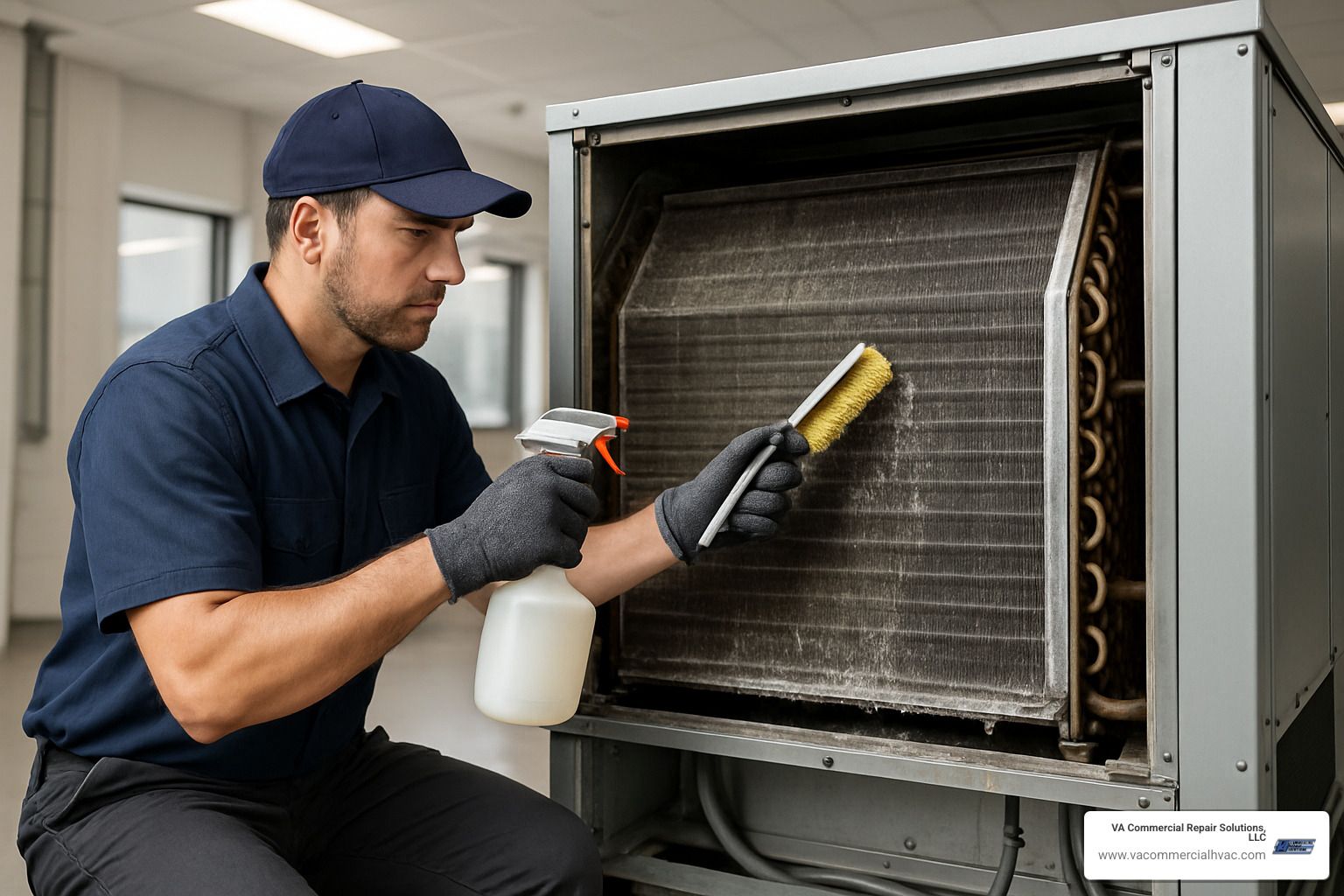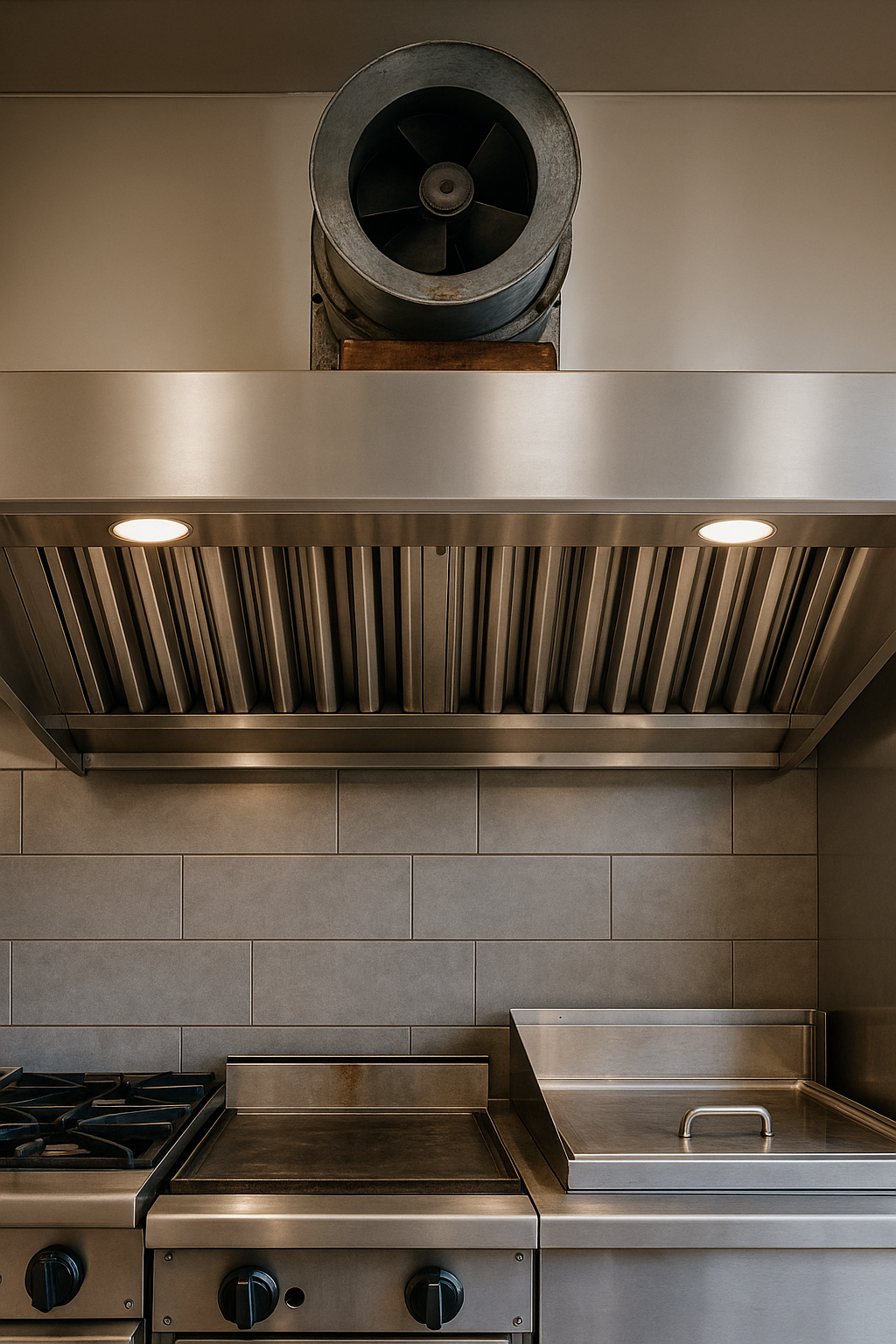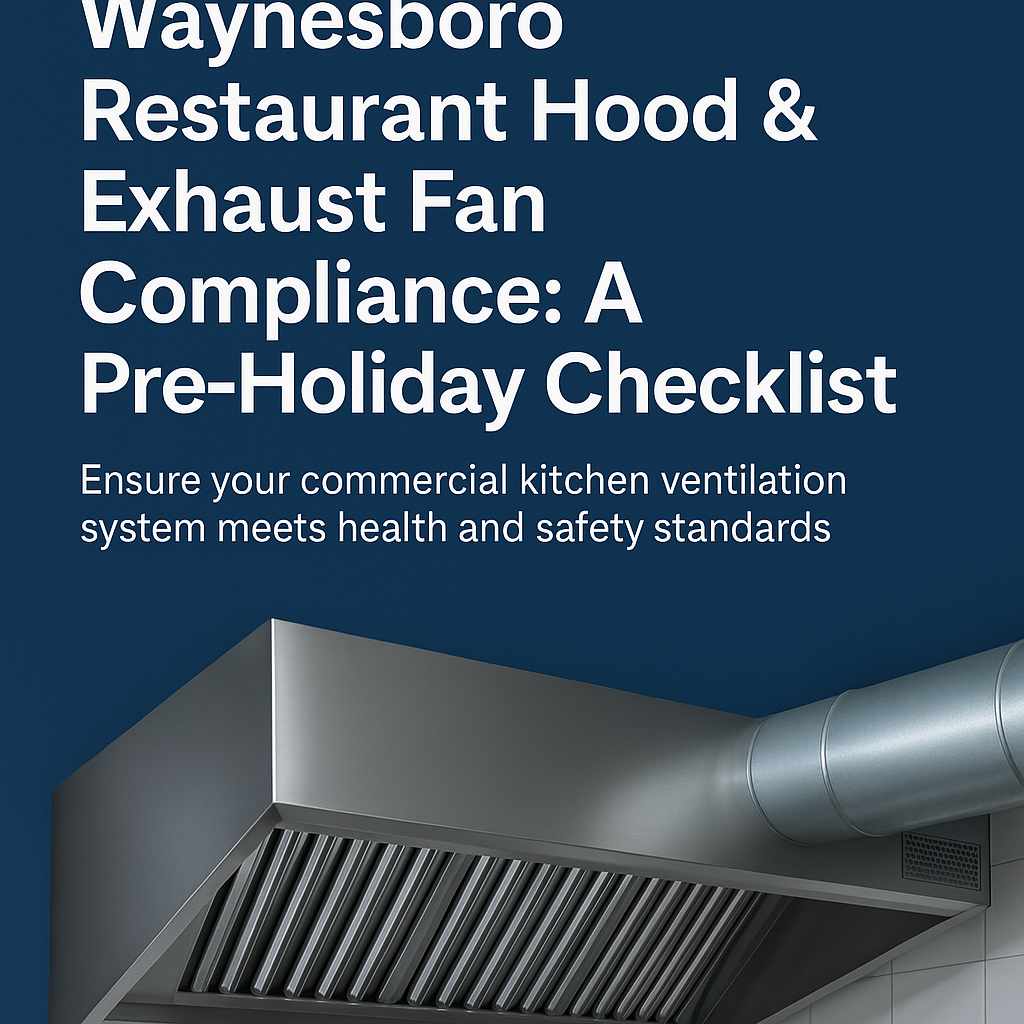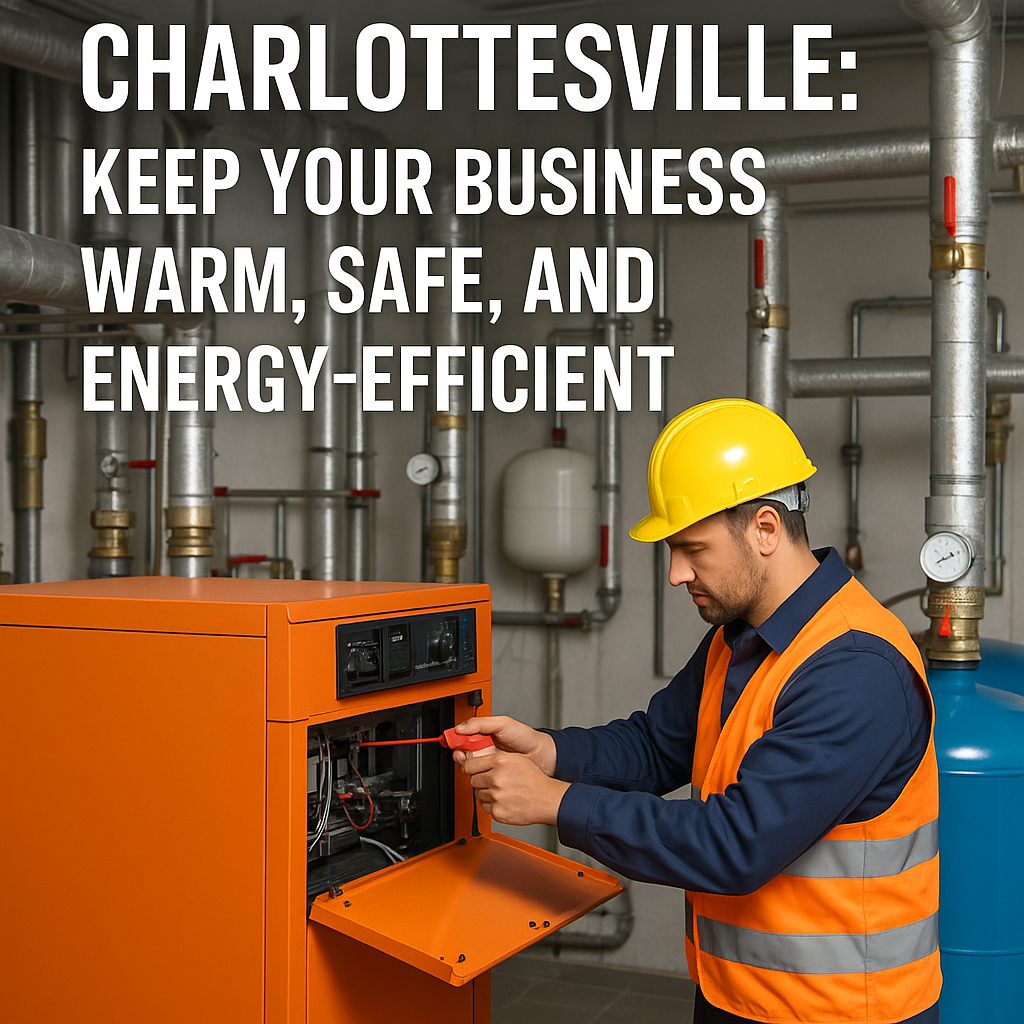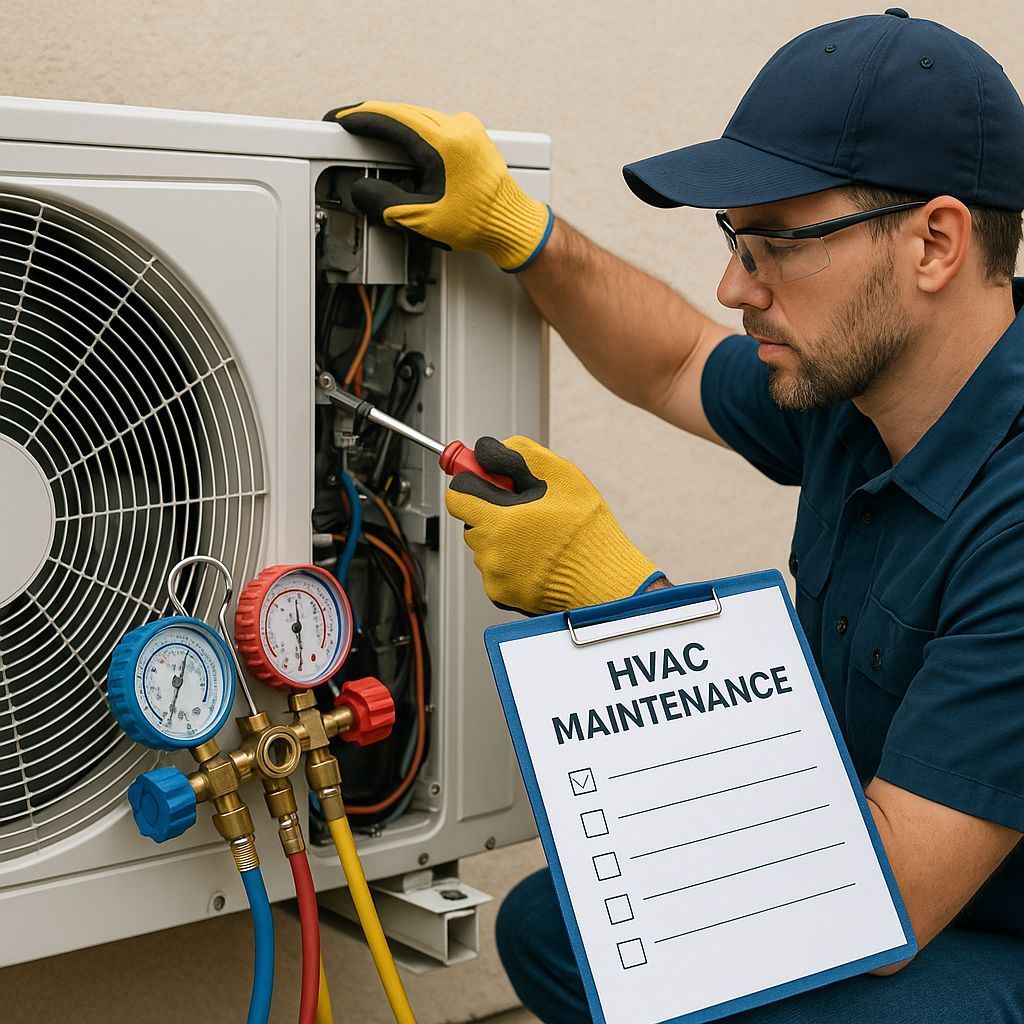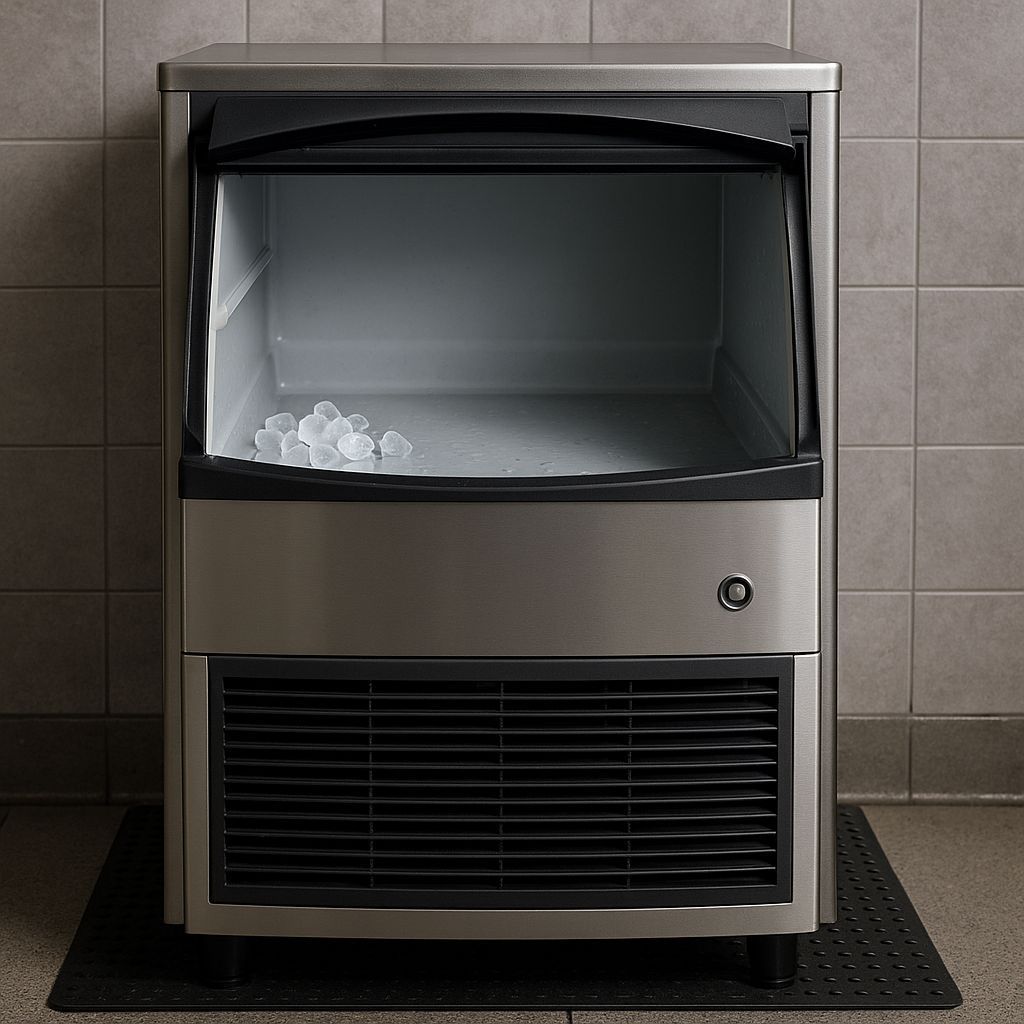Fridge Too Warm? Here's the Scoop on Refrigerator Temperatures
Why Getting Your Refrigerator Temperature Right Matters
Refrigerator temperature directly affects food safety, energy costs, and equipment life. In a busy commercial kitchen, a few wrong degrees can turn fresh stock into expensive waste.
Quick Answer: Ideal Refrigerator Temperature Settings - Refrigerator : 37°F (35–38°F range acceptable) - Freezer : 0°F or below - Danger Zone : 40–140°F (bacteria doubles every 20 minutes) - Check Method : Place an appliance thermometer in the center of the unit
At room temperature, harmful bacteria multiply fast. The USDA links many of the nation’s 48 million annual food-illness cases to improper cooling. Too cold wastes electricity and ruins produce; too warm overworks the compressor and risks contamination.
I'm Gregg Kell of VA Commercial Repair Solutions, and decades of fieldwork in Central Virginia have shown me that dialing in the right temperature is the single easiest way to protect your customers and your bottom line.

Refrigerator Temperature Basics: Ideal Fridge & Freezer Settings
Here's what you need to know about refrigerator temperature settings: 37°F for your main compartment and 0°F for your freezer. These aren't arbitrary numbers—they're based on decades of food safety research and real-world testing.
The 37°F sweet spot gives you the best of both worlds. It's cold enough to slow bacterial growth dramatically while staying just above the freezing point that would turn your lettuce into mush. The FDA allows up to 40°F, but I always tell my clients to aim for 37°F. That extra 3-degree buffer has saved countless businesses from food safety headaches.
Your freezer needs to hit 0°F or below to stop harmful bacteria in their tracks. At this temperature, food stays safe for months instead of days. Some units run at -1°F or 1°F and that's perfectly fine, but 0°F is your target.
The science backs this up completely. Research shows that keeping food below 40°F slows the growth of nasty stuff like Salmonella, E. coli, and Listeria to a crawl. But once you hit 40°F and above, you're in what the USDA calls the danger zone —where bacteria can double every 20 minutes.
Proper airflow makes all the difference in maintaining these temperatures consistently. A completely empty fridge actually works harder than one that's reasonably stocked. The food acts like thermal mass, helping maintain steady temperatures. But pack it too full and you block the air circulation that keeps everything evenly cool.
The 80% rule works perfectly here—keep your unit about four-fifths full for optimal refrigerator temperature control and energy efficiency.
Why Your Refrigerator Temperature Matters
Getting your refrigerator temperature right isn't just about following rules—it directly impacts your bottom line in three major ways.
Food freshness and shelf life improve dramatically with proper temperature control. I've walked into restaurants where the walk-in cooler was running at 45°F instead of 37°F, and they were losing thousands of dollars in spoiled inventory every month. Those 8 degrees made the difference between fresh produce lasting a week versus three days.
Your utility bills take a hit when temperatures aren't optimized. A refrigerator struggling to maintain proper temperature because of poor settings can increase energy costs by 20-30%. In commercial kitchens, that translates to hundreds or even thousands of dollars annually.
The math is simple: proper temperature control means less food waste, longer shelf life, and lower energy costs. All of that adds up to better profit margins and fewer headaches.
Dial vs. Digital: Finding the Right Refrigerator Temperature
Whether you're dealing with old-school numeric dials or fancy digital panels, the most important thing is calibration . I can't tell you how many times I've seen built-in thermometers that are off by 5 degrees or more.
Numeric dials are trickier because there's no standard across manufacturers. A setting of 3 on one unit might give you 37°F, while the same setting on another brand could be 42°F. You'll typically find that somewhere between 3 and 4 on a 1-5 scale works for most units, but the only way to know for sure is testing with a separate appliance thermometer.
Digital controls seem more precise , but they can fool you. The display might confidently show 37°F while the actual refrigerator temperature inside is sitting at 42°F. Always verify with an independent thermometer placed in the center of the unit.
Some newer commercial units include smart sensors and app connectivity for remote monitoring. These systems can alert you to temperature fluctuations before they turn into expensive problems. While they're helpful, they still need calibration and verification to ensure accuracy.
Understanding the "Danger Zone" & Food Safety
Here's something that might surprise you: bacteria don't just grow slowly in warm food - they multiply at an alarming rate. The "danger zone" between 40°F and 140°F creates perfect conditions for pathogenic bacteria to double every 20 minutes. That means a small contamination issue can become a serious food safety crisis in less than an hour.
This is why the two-hour rule exists and why it's so important to follow. Perishable foods should never stay in the danger zone for more than two hours. If the room temperature hits 90°F or higher, that window shrinks to just one hour.
Power outages test your understanding of these timeframes. A closed refrigerator will keep food safe for about four hours, while a full freezer can maintain safe temperatures for up to 48 hours - but only if you resist the urge to peek inside. Every time you open that door, you're letting precious cold air escape.
Here's what many people don't realize: pathogenic bacteria (the ones that make you sick) behave differently than spoilage bacteria (the ones that make food smell or look bad). Food can harbor dangerous pathogens like Salmonella or E. coli even when it looks and smells perfectly fine. This is exactly why proper refrigerator temperature control matters so much for safe food storage.
Cross-contamination becomes a bigger threat when temperatures rise. Bacteria from raw meat can spread more rapidly to other foods when refrigeration fails, turning one problem into multiple contamination points throughout your cooler.
Quick Reference: Food-Specific Safe Refrigerator Temperatures
Not all foods handle temperature variations the same way. High-risk foods like raw meat, poultry, and seafood need to stay at the coldest safe temperatures - between 35°F and 37°F. The same goes for dairy products including milk, cheese, and yogurt, plus eggs and egg-based products .
Cut fruits and vegetables and cooked leftovers also fall into this high-risk category because cutting and cooking can introduce bacteria or create conditions where existing bacteria multiply faster.
Whole fruits and vegetables can tolerate slightly warmer temperatures in the 37°F to 40°F range. Leafy greens do best in your high-humidity drawer, while root vegetables are generally more forgiving of temperature fluctuations.
If your unit has a pantry drawer feature, you can fine-tune storage even further. Wine stores well around 42°F, while deli meats should stay at 37°F, and soft drinks can go as cold as 33°F without problems.
Timing matters as much as temperature. Ground meat and poultry should be used within 1-2 days, while fresh meat cuts can last 3-5 days when stored at proper temperatures. Leftovers and casseroles should be consumed within 3-4 days - no matter how good they still look.
Measuring & Adjusting Refrigerator Temperature Accurately

Here's the truth about built-in refrigerator thermometers: they're about as reliable as a weather forecast. Most are off by several degrees, and that's when they're working properly. The only way to know your actual refrigerator temperature is with a standalone appliance thermometer.
Analog thermometers are reliable workhorses that don't need batteries. They're accurate to within 1-2 degrees and last for years. Digital thermometers give precise readings and often include memory functions to track temperature fluctuations. Both work well, but digital models give you more detailed information about temperature swings.
For the most accurate reading, place your thermometer in a glass of water on the center shelf. The water acts as a buffer, giving you a more stable reading than just hanging the thermometer in open air. Keep it away from walls, vents, and the door where temperatures can vary significantly.
Wait 24 hours before taking your first reading. I know it's tempting to check every hour, but your refrigerator needs time to stabilize. Opening the door repeatedly during this period defeats the purpose of getting an accurate baseline temperature.
For freezers, tuck the thermometer between frozen packages rather than leaving it in empty space. This tells you how cold your actual food is, not just the air temperature.
Don't forget the dollar-bill seal test while you're at it. Close a dollar bill in the door and try to pull it out. If it slides out easily, your gasket isn't sealing properly, and no amount of temperature adjustment will fix inconsistent cooling.
Clean condenser coils are essential for accurate temperature control. Dirty coils make your compressor work overtime and cause temperature swings. Most commercial units need coil cleaning every 3-6 months, depending on how dusty your environment gets.
Step-by-Step: Calibrating Your Refrigerator Temperature
Think of calibrating your refrigerator temperature like tuning a piano - small adjustments and patience get the best results. Making dramatic changes usually creates more problems than it solves.
Start by placing your thermometer in that glass of water on the center shelf. This is your baseline measurement tool throughout the process.
Give it a full day without opening the door. I know this is tough in a busy commercial kitchen, but accurate calibration requires patience. Note both your thermometer reading and any digital display on your unit.
Make tiny adjustments - just 1-2 degrees at a time. Whether you're turning a dial or adjusting digital controls, small increments prevent overshooting your target temperature.
Wait another 24 hours before checking again. Your refrigeration system needs time to reach equilibrium after each adjustment. Rushing this process often leads to temperature swings that take days to stabilize.
Repeat as needed until you hit that sweet spot of 37°F. Most units need 2-3 adjustment cycles to dial in perfectly.
Troubleshooting When Refrigerator Temperature Won't Hold
When your refrigerator temperature keeps fluctuating despite your best efforts, you're dealing with a mechanical issue, not a settings problem. Here's what usually causes temperature instability.
Worn door gaskets are the most common culprit. They let warm air sneak in and cold air escape, making your compressor work constantly. Look for cracks, tears, or sections that don't seal flush against the door frame.
Blocked air vents inside the unit create hot and cold spots. Food packages, ice buildup, or even cleaning supplies can obstruct airflow. Make sure you have 2-3 inches of clearance around all internal vents.
Dirty condenser coils are like trying to run a marathon while holding your breath. The coils can't release heat properly, so your compressor struggles to maintain temperature. They're usually located on the back or bottom of the unit.
Overloading restricts airflow and makes temperature control nearly impossible. That 80% full rule isn't just a suggestion - it's physics. Air needs space to circulate properly.
Frequent door opening in busy commercial kitchens can overwhelm even well-functioning units. Each door opening lets in warm air that takes energy to cool back down.
If you've checked these basics and your temperature still won't hold steady, you're looking at internal component issues. Problems like refrigerant leaks , failing compressors , or faulty control boards need professional diagnosis and repair.
Don't let temperature problems cost you inventory and energy bills. Our team at VA Commercial Repair Solutions has seen every type of refrigeration issue in Central Virginia kitchens. We can quickly identify whether you need simple maintenance or major repairs. Learn more about our refrigeration repair service or check out our detailed guide: When Your Fridge Gives You the Cold Shoulder: Troubleshooting Tips.
Organization, Maintenance & Power-Outage Prep

Think of your refrigerator as having different neighborhoods, each with its own personality. Getting familiar with these zones makes all the difference in maintaining proper refrigerator temperature and keeping your food fresh longer.
The door is like the suburbs - it's the warmest spot in your fridge, perfect for condiments, sodas, and other items that don't mind temperature fluctuations. The back of your shelves? That's the downtown core - coldest and most stable. The center shelves are your comfortable residential area with average temperatures.
Your crisper drawers are the smart part of your refrigerator. The low-humidity drawer works great for fruits like apples and pears that naturally produce ethylene gas. Fill it about two-thirds full to let air circulate properly. The high-humidity drawer is where your leafy greens and delicate vegetables feel at home - pack it about three-quarters full to maintain the right moisture levels.
Many commercial units come with pantry drawers that let you fine-tune temperatures for specific items. You can keep wine at a perfect 42°F, deli meats at 37°F, or beverages at a crisp 33°F - all in the same unit.
Here's something I've learned from years of service calls: the 80% full rule isn't just about organization. A reasonably full refrigerator actually maintains temperature better than an empty one because all that food acts like thermal mass. But cram it too full, and you're blocking airflow, creating hot spots where food spoils faster.
Smart sensors are becoming more common in commercial refrigeration, and for good reason. These systems track temperature changes, send alerts when things go wrong, and even keep logs for food safety inspections.
For more detailed maintenance strategies, check out our guide on 7 Tips for a Happy Commercial Refrigerator.

Optimizing Food Placement for Stable Refrigerator Temperature
Strategic food placement isn't just about organization - it's about working with your refrigerator's natural temperature zones to maintain consistent refrigerator temperature throughout.
Your door storage runs warmest at 42-45°F, making it perfect for condiments, soft drinks, and butter you use frequently. These items can handle the temperature swings that happen every time someone opens the door.
Upper shelves hover around 37-40°F and work well for leftovers, prepared foods, and ready-to-eat items. This zone stays fairly stable and is easy to access for quick temperature checks.
The lower shelves are your coldest zone at 35-37°F - prime real estate for raw meat, poultry, seafood, dairy products, and eggs. Keep eggs in their original carton rather than transferring them to door compartments where temperatures fluctuate more.
Your meat or deli drawer maintains the coldest temperatures at 32-36°F, making it ideal for fresh meat, poultry, fish, deli meats, and cheeses that need extra-cold storage.
Ethylene management might sound fancy, but it's simple: some fruits like apples, bananas, and tomatoes give off a gas that makes other produce ripen faster. Store these ethylene producers in low-humidity drawers or keep them separate from sensitive vegetables that wilt or yellow quickly.
Keeping Refrigerator Temperature Safe During Power Loss
Power outages are like pop quizzes for your refrigerator temperature management skills. The good news? A little preparation goes a long way.
The golden rule during outages is simple: keep those doors closed . A closed refrigerator stays cold for about 4 hours, while a full freezer can maintain safe temperatures for up to 48 hours (24 hours if it's only half full).
Smart preparation makes all the difference. Freeze water in quart-size bags before predicted storms - they work like ice packs and won't make a mess when they melt. Keep coolers and ice on hand, and make sure you have appliance thermometers to check actual temperatures, not just guess.
After power returns, don't assume everything's fine. Check internal temperatures before declaring food safe. If your refrigerator stayed at or below 40°F, you're generally in good shape. Freezer foods with ice crystals or that stayed at 40°F or below can be refrozen or cooked right away.
High-risk foods like meat, poultry, seafood, eggs, dairy products, cut fruits and vegetables, and cooked dishes like pasta or casseroles should be discarded if they've been above 40°F for more than 2 hours. It's better to lose some food than risk making people sick.
Signs It's Time for Professional Repair or Replacement
After decades of service calls, I can tell you that recognizing when refrigerator temperature problems need professional help can save you thousands in spoiled inventory and prevent equipment catastrophe.
Call for immediate repair when your temperature consistently stays above 40°F despite your best adjustment efforts, when the compressor starts cycling on and off every few minutes, or when you see frost building up in the refrigerator section. Unusual compressor noises or visible refrigerant leaks also mean it's time to call professionals.
Consider replacement if your unit is over 10-15 years old and having recurring problems, if repair costs would exceed half the replacement value, or if your energy bills have jumped significantly. Sometimes the most expensive repair is the one you keep putting off.
Watch for warning signs like food spoiling faster than it should, ice crystals forming on refrigerated items, condensation on exterior surfaces, or door seals that won't stay closed properly.
What looks like a simple temperature problem might actually be a refrigerant leak, compressor failure, or control system malfunction. These issues require specialized tools and expertise that only professionals can provide safely and effectively.
Frequently Asked Questions about Refrigerator Temperature
Is 40°F too warm for a refrigerator?
The FDA says 40°F is acceptable, but honestly, you're playing with fire at that temperature. While it's technically within the safe zone, refrigerator temperature at 40°F leaves you no room for error.
Here's the thing - refrigerators don't maintain perfectly steady temperatures. Every time someone opens the door, the temperature spikes. Older units can fluctuate by several degrees throughout the day. If your baseline is already 40°F, any fluctuation puts you straight into the danger zone.
That's why we always recommend 37°F. Those extra three degrees aren't just a safety buffer - they're your insurance policy against food poisoning and spoiled inventory. At 37°F, you can handle normal temperature swings without worry.
I've seen too many restaurants learn this lesson the hard way. A walk-in cooler running at 40°F might seem fine until a busy Saturday night when the door's opening constantly. Suddenly you're at 43°F, and Monday morning brings a cooler full of spoiled food.
The energy difference between 37°F and 40°F is minimal, but the food safety difference is huge. Trust me on this one - stick with 37°F.
How often should I check my refrigerator temperature?
The honest answer depends on what you're storing and how much you can afford to lose if something goes wrong.
For commercial kitchens, daily temperature checks are non-negotiable. You're storing thousands of dollars in inventory, serving customers who trust you with their health, and dealing with health inspectors who don't accept excuses. A simple daily log takes two minutes but can save you from disaster.
Home users can usually get away with weekly checks , but here's my advice: check it every time you're putting away groceries. Make it part of your routine. It takes seconds to glance at a thermometer, but it can save you from throwing out a week's worth of food.
Pay extra attention after power outages, repairs, or any time your unit seems to be working harder than usual . Compressors don't usually fail instantly - they give warning signs through temperature fluctuations first.
I always tell my clients to keep a simple log. Write down the date and temperature once a week. If you start seeing a gradual increase from 37°F to 38°F to 39°F over several weeks, you know it's time to call for service before you hit the danger zone.
What's the fastest way to cool down a warm fridge?
First, don't panic, but do act quickly. A warm refrigerator is fixable, but time is working against you.
Start with the basics - make sure the unit is plugged in and getting power. I know it sounds obvious, but you'd be surprised how often a tripped breaker or loose plug is the culprit. Check that the temperature setting hasn't been accidentally changed.
Clear the air vents inside the unit. Sometimes a large container or too much food blocks airflow, causing temperature problems. Your refrigerator needs space to circulate cold air properly.
Remove the most perishable items first - dairy, meat, and anything that spoils quickly should go into coolers with ice while your refrigerator temperature recovers. This protects your most valuable and risky foods.
Here's a trick that helps: add some frozen water bottles or ice packs to the interior. They act like thermal mass and help bring the temperature down faster. Just don't overload the unit - you still need airflow.
Resist the urge to crank the temperature setting way down . This forces the compressor to work overtime and can actually damage it. Stick with your normal 37°F setting and let the unit do its job.
Most importantly, keep the door closed as much as possible while it's recovering. Every time you open it to check, you're letting cold air out and warm air in.
If your unit isn't back to safe temperatures within 24 hours, or if this becomes a recurring problem, it's time to call professionals. We've seen too many people try to limp along with a failing refrigerator, only to lose hundreds of dollars in spoiled food when it finally gives up completely.
Conclusion
Hitting that 37°F fridge and 0°F freezer target shields your inventory, customers, and budget. The winning formula is simple:
- Verify temps with a standalone thermometer.
- Adjust settings gradually, not drastically.
- Act on warning signs—rising temps, short cycling, frost—before they become emergencies.
Smart organization and routine maintenance pay for themselves through longer equipment life and lower utility bills.
Across Charlottesville, Harrisonburg, Waynesboro, Staunton, Lexington, Fishersville, and neighboring communities, successful operations treat refrigerator temperature control as non-negotiable.
If you have done the basics and temperatures still drift, call in the pros—waiting can cost more in spoiled food than any repair ever will.
VA Commercial Repair Solutions answers every call live—no voicemail—and focuses on repair, not pushy replacements. Our work is backed by solid guarantees so you can get back to running your business.
Need help now? Our 24/7 Commercial Refrigeration Repair team is ready to keep your operation safe and cold.
